Perhaps the most significant aesthetic trend during the past 20 years is the development of nonsurgical facial rejuvenation treatments to minimize wrinkles. Two popular options include laser skin treatments and injectables, such as dermal fillers, Dysport®, and BOTOX® Cosmetic.
Dr. Johnson is a skilled, experienced injector and laser skin treatment specialist, so he’s performed thousands of filler injections and laser procedures at his practice. Often, patients considering a laser or injectable treatment for wrinkles aren’t sure which would be more effective. In this blog post, we’ll explore the key differences between these 2 approaches, considering factors such as effectiveness, recovery time, and duration of results.
Laser Treatment Options
We’ve come a long way since patients had limited laser skin treatment options. An ablative CO2 laser was once the only choice for laser skin resurfacing. It’s still an effective procedure but requires up to 2 weeks of downtime because it removes columns of tissue.
With the development of new laser technologies for cosmetic uses, laser treatments have gained popularity as a non-invasive or minimally invasive option for reducing wrinkles and improving skin texture. These treatments use concentrated light beams to target specific skin concerns, stimulate collagen production, and promote skin rejuvenation.
Laser skin treatment options offered at Advanced Aesthetics include:
- PicoWay®: This is a non-ablative laser, meaning the laser energy penetrates the skin without damaging the surface. It stimulates collagen production to repair and rejuvenate the skin and reduces the appearance of wrinkles with little to no downtime.
- Frax 1550: This non-ablative treatment uses fractionated, or tiny fractions, of powerful laser beams to stimulate collagen production while also promoting rapid healing. Increased collagen production improves the appearance of scars, fine lines and wrinkles, and overall skin texture.
- UltraClear: UltraClear features a first-of-its-kind cold fiber laser technology that advances the best of laser skin rejuvenation and laser skin resurfacing. UltraClear® uses short, concentrated light beams to gently remove top layers of dull and damaged skin, triggering the body’s natural healing process and stimulating new cell growth. At the same time, UltraClear® deposits controlled thermal energy at the dermal level inducing just the right amount of thermal energy at the right skin depth to start the rejuvenation process, increasing collagen and elastin production, revitalizing your skin from the inside out. This laser has many levels of treatment ranging from a light treatment to full resurfacing.
- SmartSkin CO2™: This ablative laser is excellent as a deep wrinkle treatment. SmartSkin is a laser skin resurfacing procedure that addresses sun-damaged skin in addition to erasing fine lines and wrinkles. The SmartSkin system includes a fractionated CO2 laser that penetrates the skin’s outer layer with thousands of pinpoint energy beams targeting water molecules in the skin’s deeper layers. This generates new collagen to create smoother, firmer skin.
One of the primary advantages of laser treatments is their effectiveness in addressing fine lines, wrinkles, and sun damage. All of these laser therapies work by encouraging collagen synthesis, and promoting the growth of fresh, healthy skin.
How Long Do Laser Treatment Results Last?
Factors such as a patient’s skin type, the specific laser used, and lifestyle factors all influence the longevity of results from laser treatments. Patients can generally expect the effects of laser treatments to last anywhere from 6 months to a few years. We typically recommend maintenance treatment sessions to sustain optimal results over time.
Injectable Treatment Options
Injectable treatments, which include neurotoxins like Dysport and dermal fillers such as Restylane® and Sculptra® Aesthetic, soften wrinkles and fine lines either by relaxing muscles or restoring volume to specific areas of the face. In some cases, we recommend combining neurotoxins (Dysport) with fillers because they target different types of wrinkles.
Dysport: Like BOTOX, Dysport minimizes expression lines—wrinkles caused by the movement of muscles when we squint, smile, frown, or change our expressions in other ways. By temporarily limiting these muscle movements, the skin looks smoother without appearing unnatural. Results usually last about 4 months.
Restylane fillers: These hyaluronic acid-based fillers soften deep lines around the mouth, lift sunken cheeks, and minimize tear troughs under the eyes by adding volume. The Restylane family of products includes specialized fillers such as Restylane® Kysse and Restylane® Lyft. Depending on the filler used and the treatment area, results can last from 6 to 18 months.
Sculptra Aesthetic: This unique filler adds volume and stimulates the production of new collagen. Composed of an ingredient called poly-L-lactic acid, Sculptra results last longer than other fillers. Patients get injections in a series of treatments and often see results that last up to 2 years.
Laser Treatments vs Injectables
Laser treatments are a great way to address skin texture, color irregularities and suppleness. Injectables on the other hand fill in lost volume and relax muscles underneath the skin. Here at Advanced Aesthetics, Dr. Johnson believes in a comprehensive approach to caring for your antiaging needs. This means that your customized treatment plan will include some of each from these categories to address your appearance from multiple levels.
Downtime
The amount of recovery needed after a laser treatment depends on the type of laser used, but generally, all laser therapies require some downtime. Patients who have ablative laser treatment may need a few days to a couple of weeks to recover.
Injectable treatments are known for their minimal downtime, making them a convenient option for individuals with busy schedules who cannot afford extended recovery periods.
Consult With an Expert
Choosing between laser and injectable treatments for wrinkles involves considering several factors you can discuss with Dr. Johnson by requesting a consultation using the online form. You can also give us a call at (208) 676-8346 to schedule an appointment.

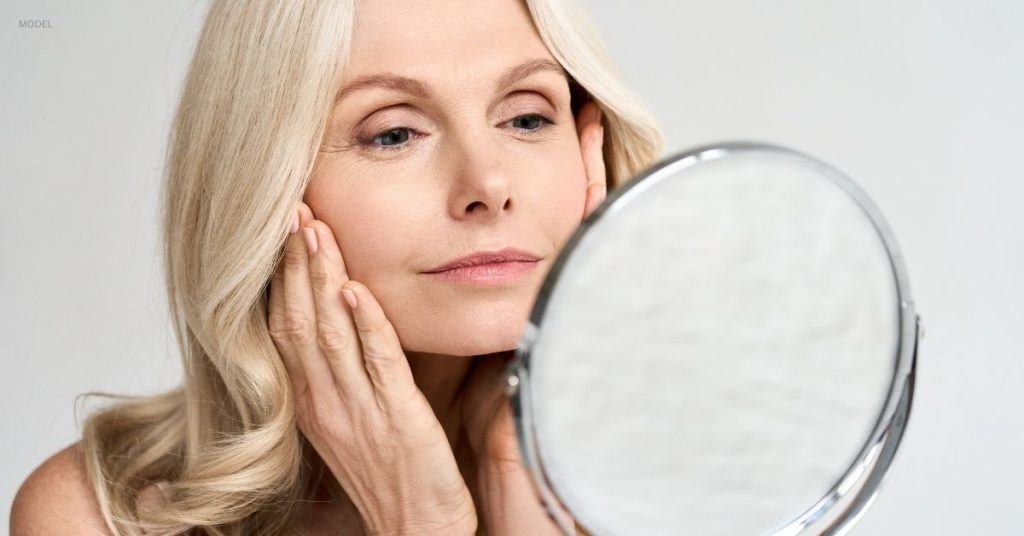
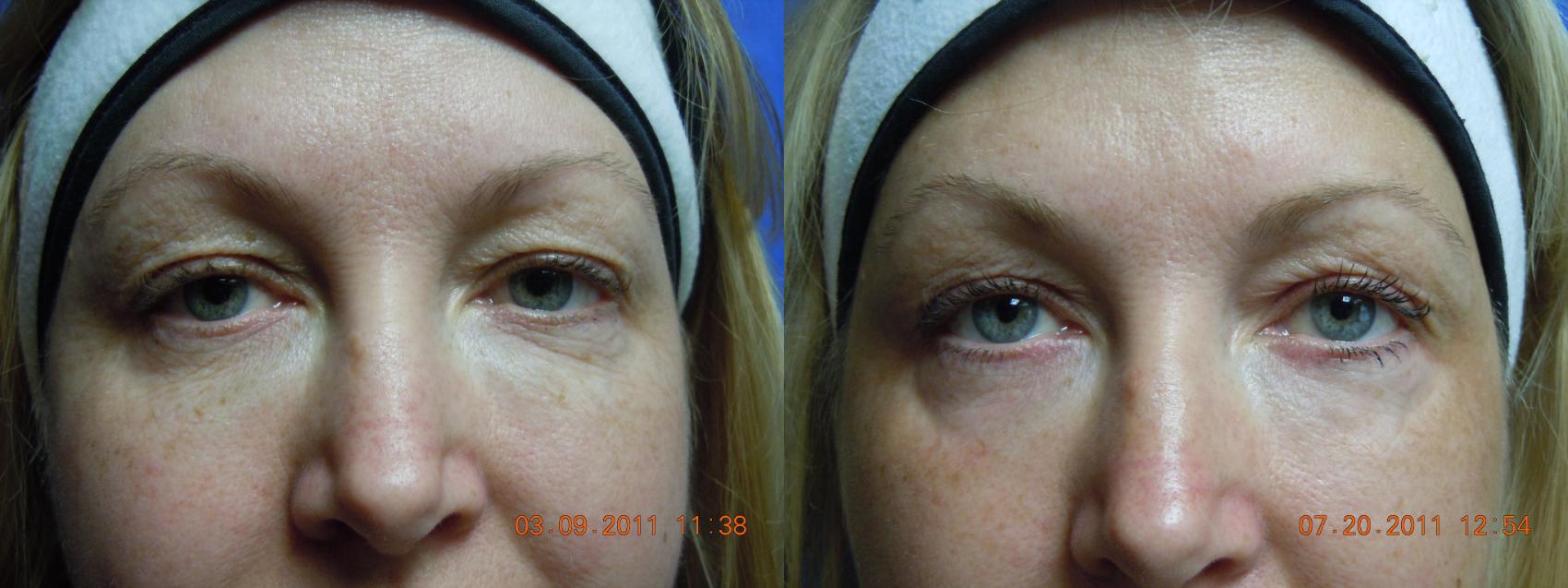

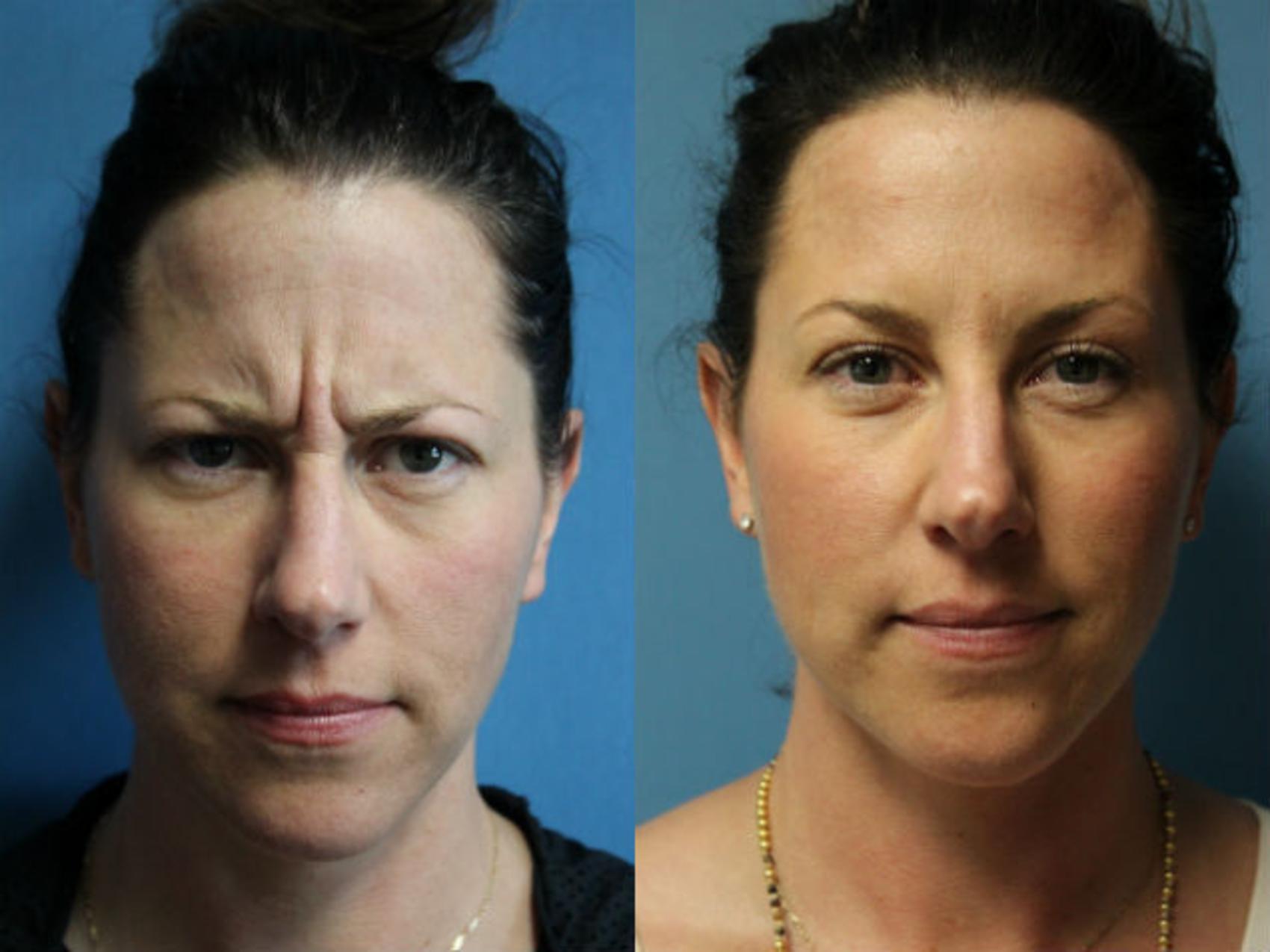

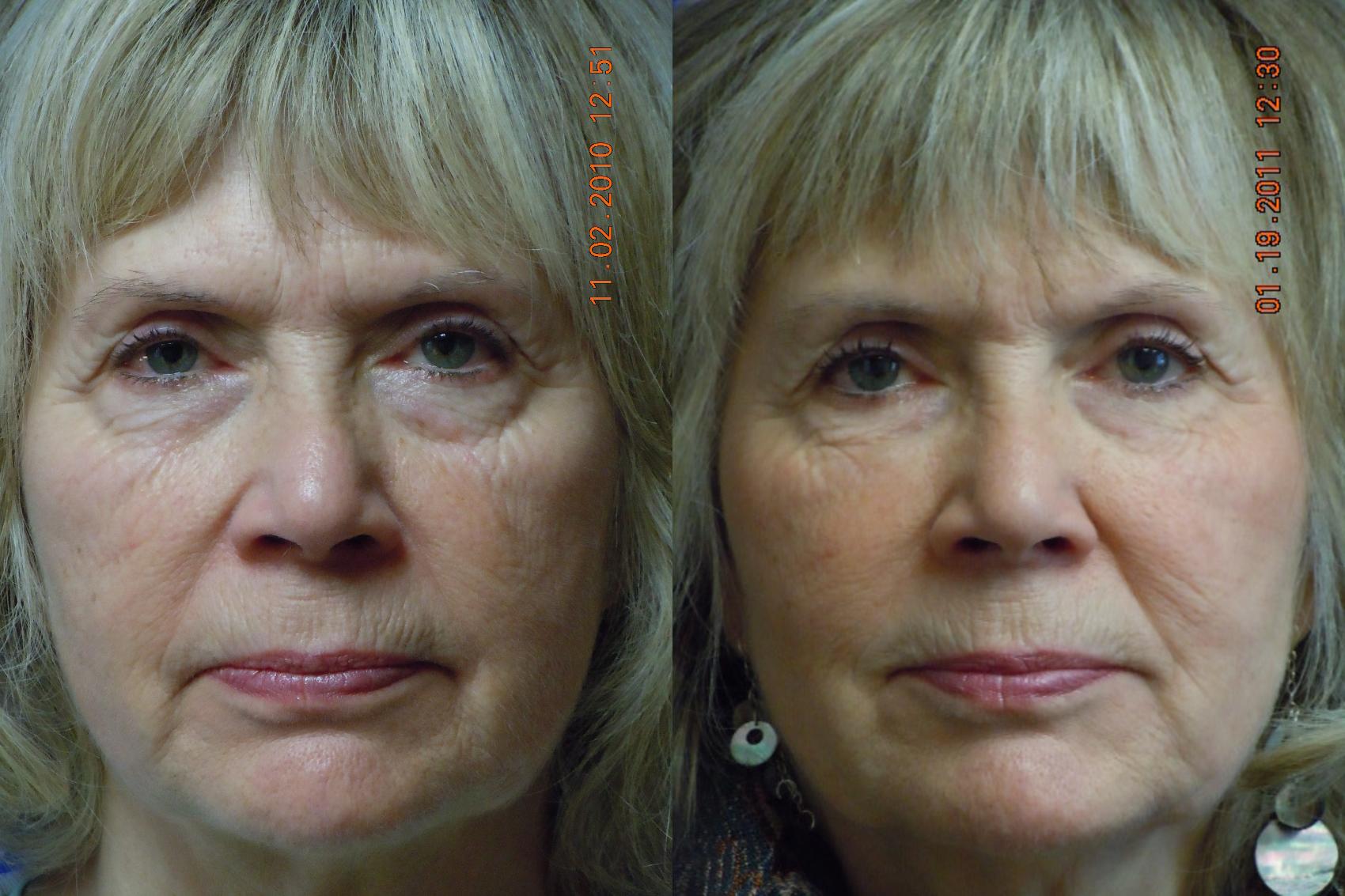

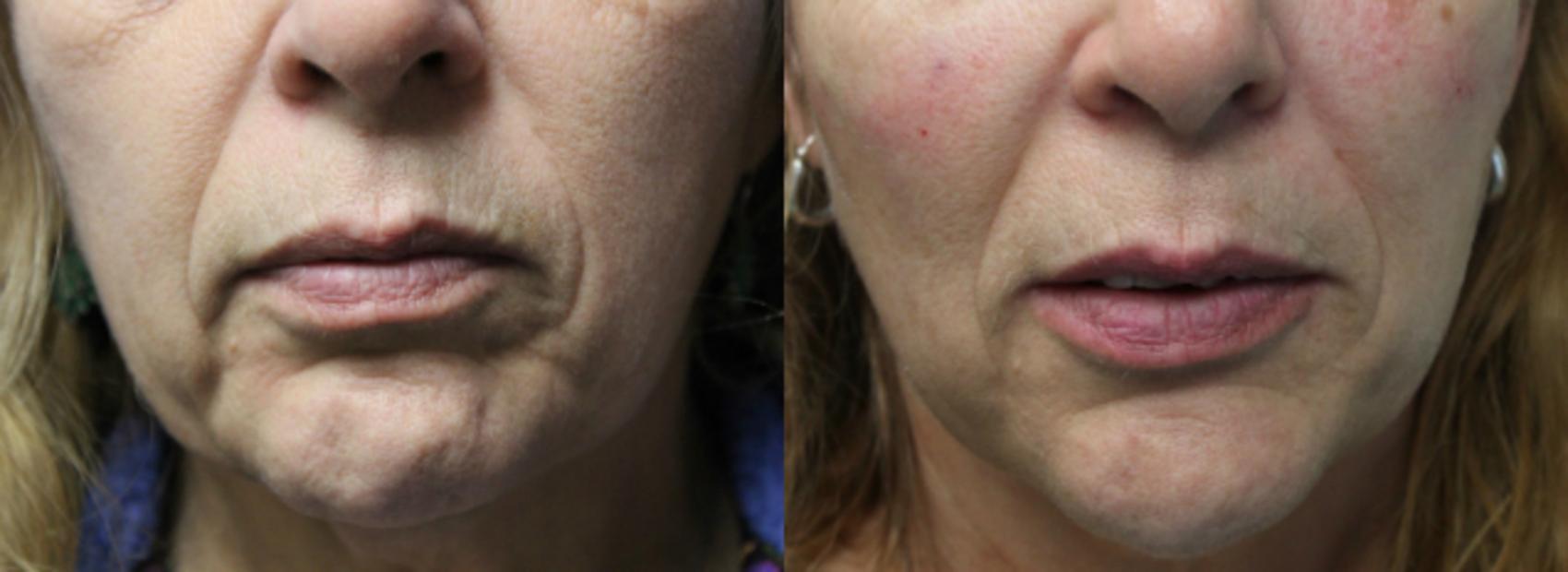


Leave a Reply